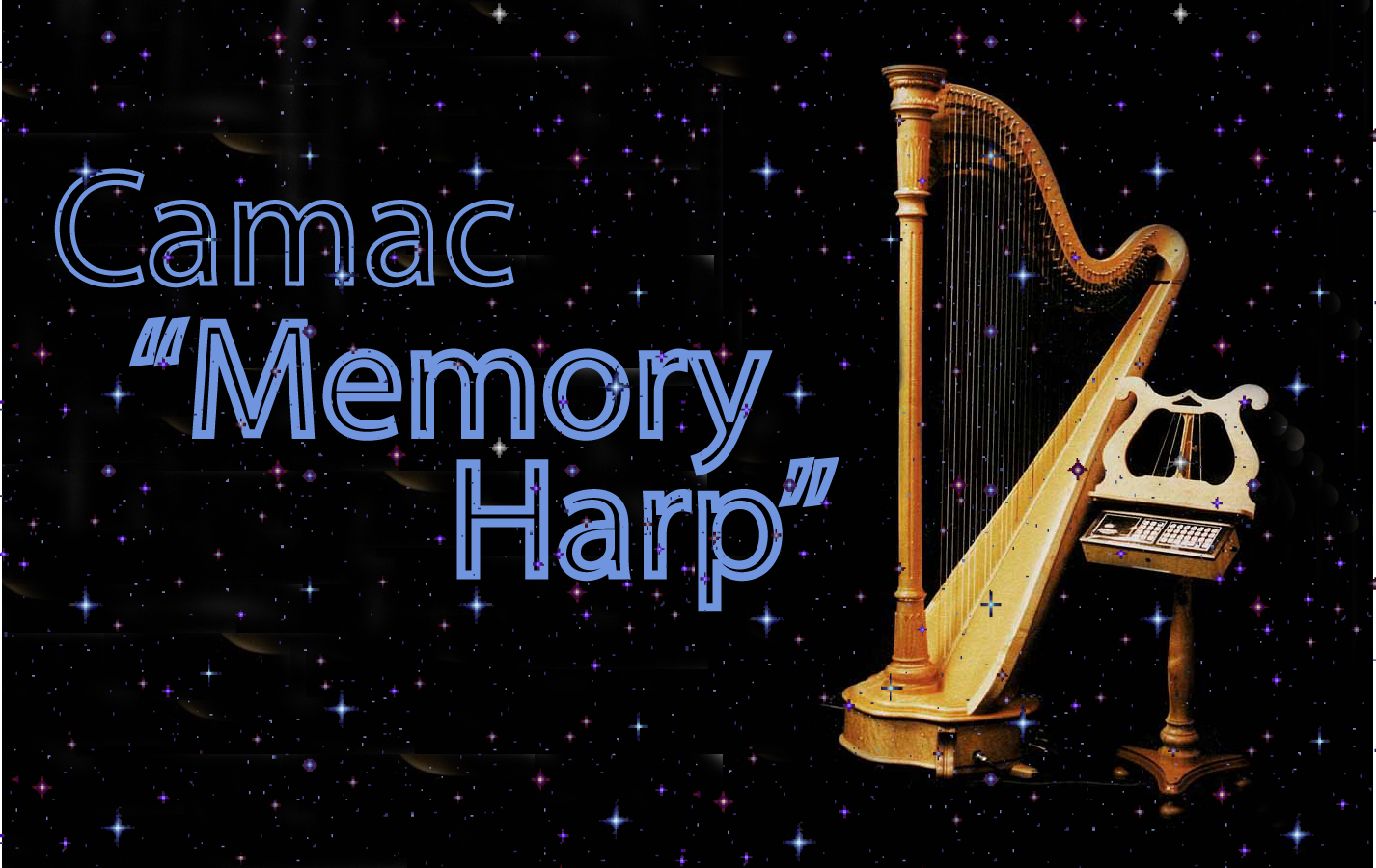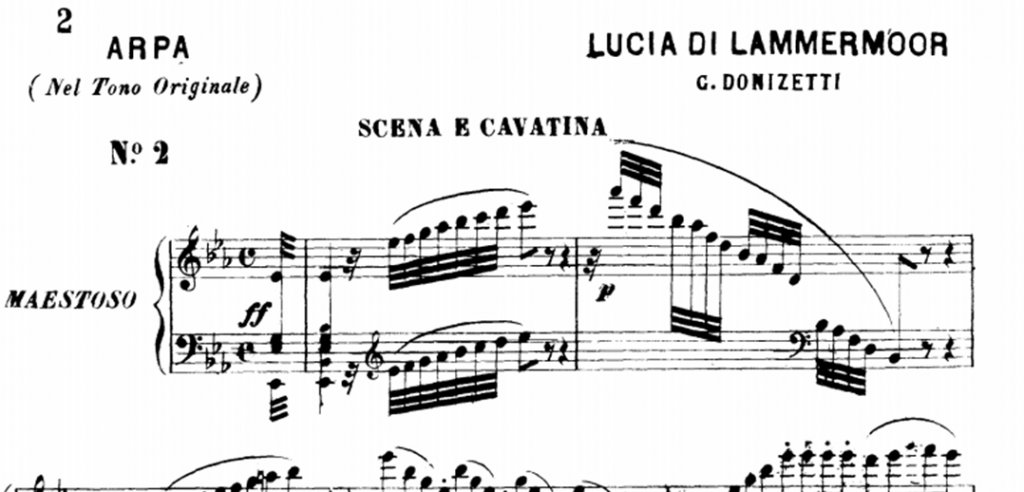In the past Bi-Weekly harp bits we have spoken a lot about French Harp makers and the importance of France in the development of the instrument. It is certainly true that without the influence of Marie Antoinette and the harpists/harp makers of the harp would likely never have risen from it’s humble beginnings. Camac harps has always worked to honor that tradition of innovation. They are a company that is always working to make their product better, lighter, more durable, and more accessible.
Camac Harp-makers
The Camac Harp company is know for their great instruments; from the Big Blue, to their collaboration with jazz harpist Edmar Castaneda to create the Llanera, a South American style harp; but for the companies first 13 years of existence they produced only lever harps (1972-1985). The demand for pedal harps grew in the 1980’s and Camac founder Joël Garnier saw an opportunity not only to begin to build pedal harps, but to improve upon it’s functionality through the inclusion of newly available technology.
The Camac “Memory Harp” (1985) was a pedal harp connected to a computer and outfitted with a hydraulic mechanism to control the pedals. This computer allowed for all of the pedal changed in a given piece to be programmed in allowing for the harpist to concern themselves with only the notes on the page and allow the computer to execute the pedal movements.
A prototype, which cost millions of francs to complete, was presented at the 1985 World Harp Congress in Jerusalem where it was received enthusiastically by the harp community. Because of the cost of production, added weight due to the on-board technology, and unreliability caused this instrument to be lost in the archives of harps alongside the swell pedal harps, Pleyel chromatic harps, and single action harps.
Presented in Jerusalem at the 1985 World Harp Congress, the prototype, its budget run into millions of francs, was a sensation. But after all is said and done, it proved commercially unworkable. If it displayed undeniable technical prowess, it was nevertheless insufficiently reliable, and the cost of its manufacture was exorbitant. The technology on board also made the base of the instrument considerably heavier, harder to transport, and to use.
The prototype of this instrument was donated to the Musée de la Musique in Paris by the Camac Harp company where it is displayed in the “Instruments of the 20th Century” exhibit.
Can you imagine?
Never having to worry about pedal changes again? Simply program them in and let the computer do the work!! I suppose I wouldn’t appreciate another 20-40 pounds added onto my instrument… sigh… but just imagine it!!
Have you ever seen this harp in person?? Comment below and check back in 2 weeks for more #harphistory!















